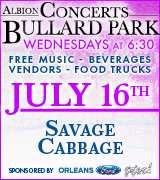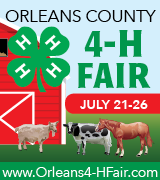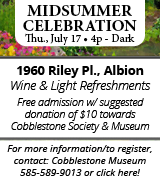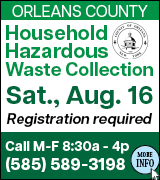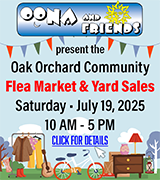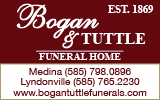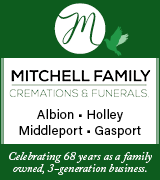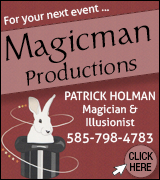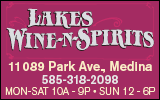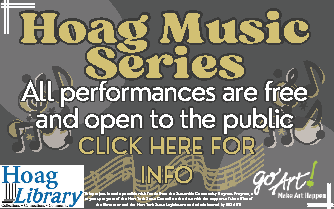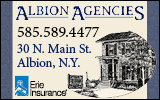Albion library proudly displays historic egg collection
Photos by Sue Cook – Eggs collected by Stuart John Flintham are displayed by the entrance of the Hoag Library.
Many eggs in the collection are from birds that are now much more rare because of human interference, such as the black-crowned night heron.
The emu and ostrich eggs are enormous compared to the others in the collection.
By Sue Cook, staff reporter
ALBION – Stuart John Flintham may not be a familiar name, but many who have visited the old Swan Library’s downstairs children section or the new Hoag Library have seen his contribution to our community.
In two glass cases near the entrance of Hoag are dozens of bird eggs that Flintham collected throughout his teenage years at Albion High School and even into his 20s. The eggs have long been popular in the library, with visitors stopping to look at eggs that range in size from small stones to softballs.
Collecting eggs used to be a very popular pastime in the 1800s, Library Director Susan Rudnicky said. During this time there was a considerably sparser population, which meant more areas for birds to nest, she said.
When Flintham collected the eggs, he used a process called egg blowing to remove the insides of the eggs and leave them hollowed out, which leaves a small hole in the shell visible on some in the collection.
Flintham was born in Albion in 1879 and later went on to Cornell and then Yale to earn a master’s degree in forestry, moving on to become a Los Angeles County firefighter.
Changes in farming, fewer or smaller hedgerows, and even clearing land for building diminished the presence of birds over the years. When DDT used to be sprayed to cut down on mosquitos, insect-eating birds would ingest them. When the birds went to lay eggs, the DDT in their systems caused their eggs to be so fragile they would simply collapse causing many birds to become unable to produce new generations.
Rudnicky commented that people often put their own needs and wants before other animals which can cause them to be crowded out of their natural habitats or killed. “We need to have room in our lives for other species,” she said.
While nearly all of the eggs are from local species, there are a few in the collection from outside the area. The ostrich and emu eggs are not local, but are the largest eggs in the collection, each much larger than a baseball. Though the library has only a nest from hummingbirds, their eggs would be the smallest and only about the size of a Tic Tac.
The display cases were chosen specifically for the eggs so that they could be displayed in a well-trafficked area. While the number of eggs in the cases has remained the same from the old library to the new, Rudnicky said more nests are now displayed. They used to be in storage.
County Historian Bill Lattin helped Rudnicky move the eggs to the new library using lunch trays and cardboard can trays. This allowed them to leave the eggs on their individual stands with the paper labels so that nothing became mixed up during the move.
The egg collection makes an excellent teaching tool and Rudnicky offers her knowledge to tour groups that come through. It is especially important since the New York State Legislation made it illegal to collect eggs, nests, and even feathers of birds with laws such as the Migratory Bird Treaty Act of 1918.
It is best to leave things as you find them because sometimes even a person trying to help can instead cause more damage than good. “Take only pictures; leave only footprints,” Rudnicky said.
If you bring a picture, you can compare it to what is on display or ask a librarian for help to find a book to learn more. The library does not accept any eggs from old collections, instead keeping the display reserved for only Flintham’s collection.
The Hoag Library is located at 134 South Main Street in Albion. The hours are 10 a.m. to 8 p.m. Monday through Thursday, and 10 a.m. to 5 p.m. on Friday and Saturday. The egg collection is always on display by the entrance.
















